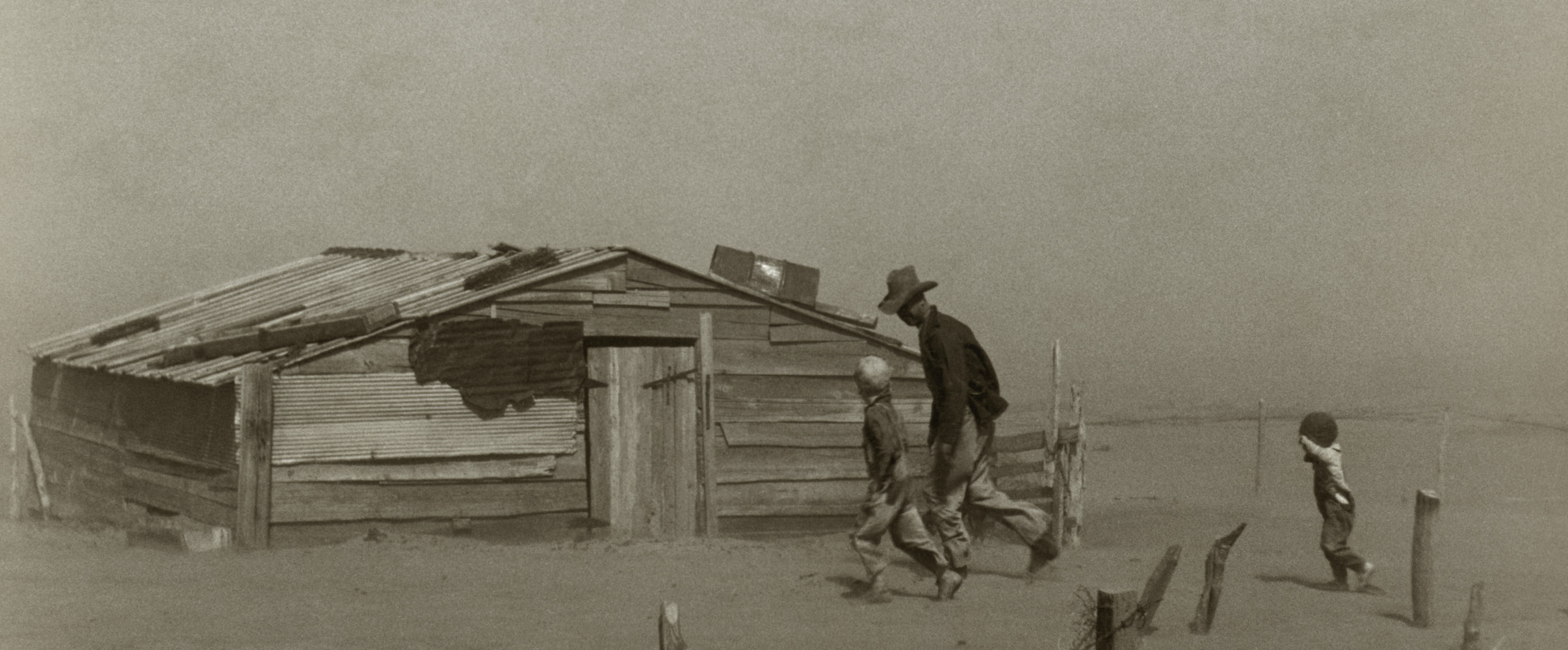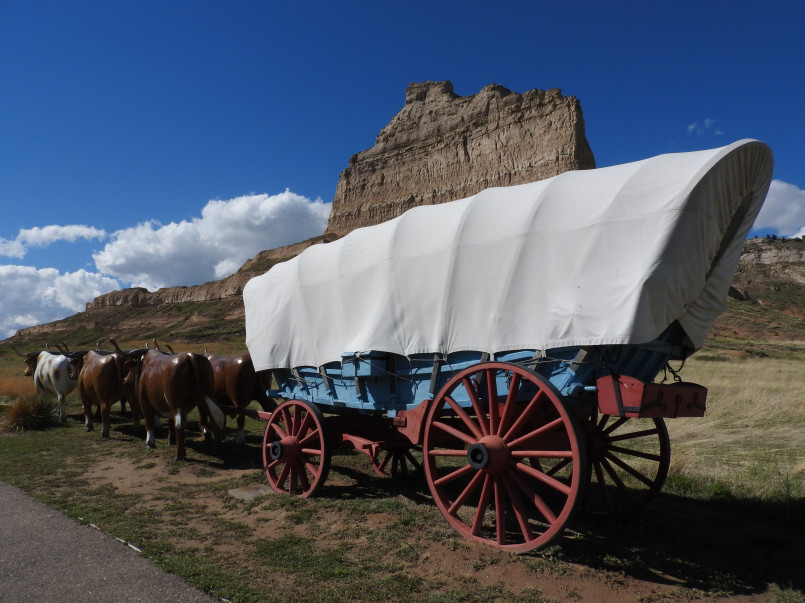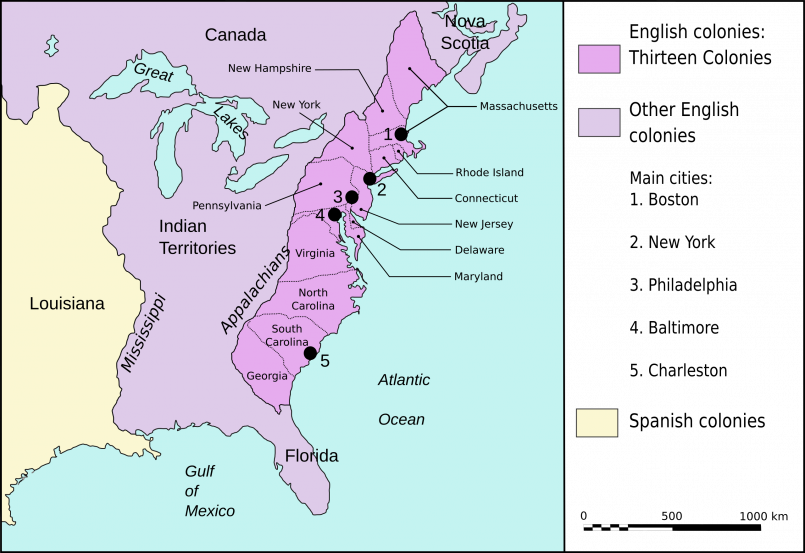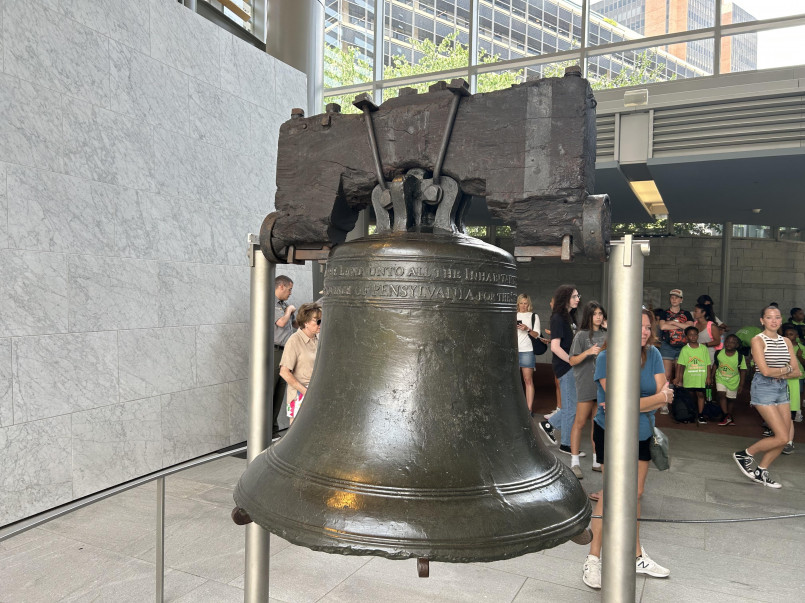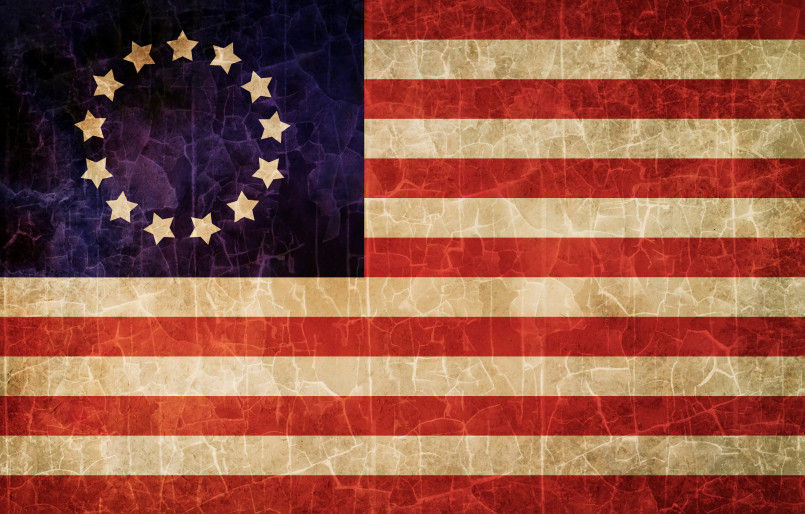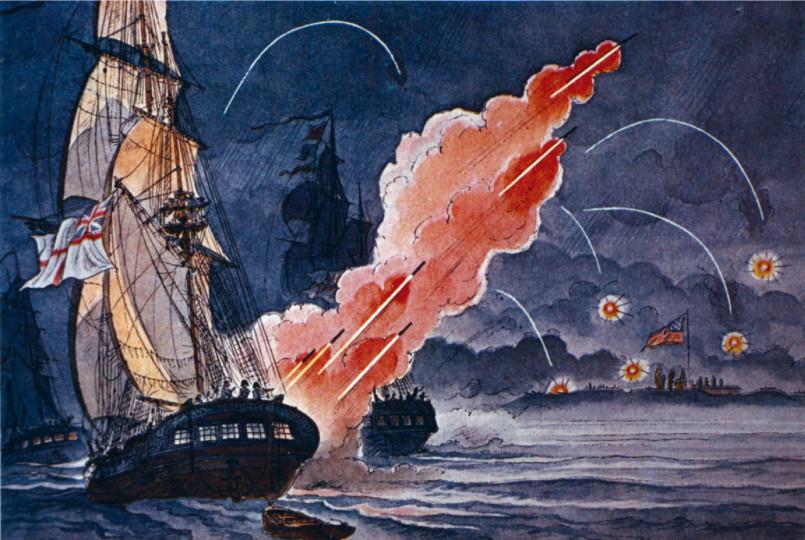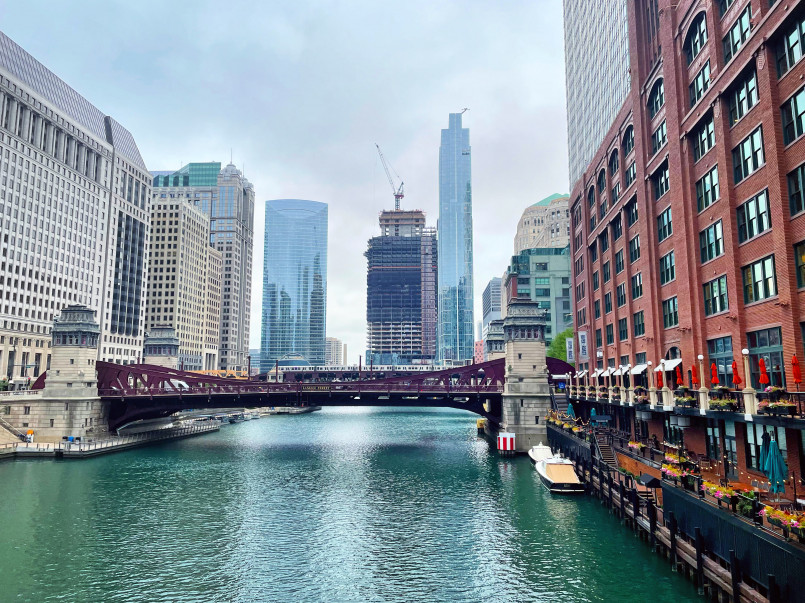During the 1930s, a perfect storm of drought, over-farming, and economic depression created an unprecedented environmental catastrophe known as the Dust Bowl. Massive dust storms ravaged America's Great Plains, displacing hundreds of thousands of families and transforming the nation's agricultural practices forever.
The 1930s marked one of America's most devastating environmental catastrophes-a period when the heartland turned to dust and despair. The Dust Bowl, coinciding with the Great Depression, created a perfect storm of economic and ecological disaster that would reshape American agriculture, policy, and culture for generations to come.
Between 1930 and 1940, severe drought and decades of intensive farming without crop rotation or other soil conservation methods left the topsoil of America's Great Plains vulnerable to the region's high winds. What followed was an environmental crisis of unprecedented scale that forced the largest migration in American history during peacetime.
What Was the Dust Bowl?
The Dust Bowl was a severe drought and series of dust storms that affected approximately 100 million acres centered in the panhandles of Texas and Oklahoma, and stretching to parts of New Mexico, Colorado, and Kansas. The worst years occurred between 1935 and 1938, though the drought conditions began in 1931 and lasted nearly a decade.
Locals called the massive dust storms "black blizzards" or "black rollers" as they appeared as towering walls of dirt that could reach heights of 10,000 feet and travel at 50-60 miles per hour. These storms could blot out the sun completely, turning day into night.
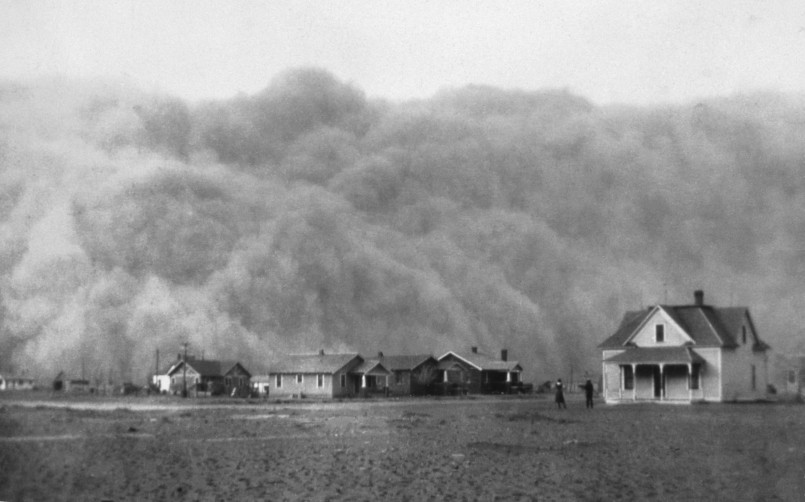
April 14, 1935, known as "Black Sunday," saw one of the worst dust storms in history sweep across the region. Witnesses described it as a black wall of dirt moving at 60 mph. The storm was so massive it eventually reached cities on the East Coast, with dust falling like snow in New York City and Washington, D.C.
Causes of the Dust Bowl
The Dust Bowl resulted from a lethal combination of natural and human-made factors:
Agricultural expansion during the 1920s led farmers to plow up millions of acres of native grassland. The deep-rooted prairie grasses that had evolved to hold soil in place during droughts and high winds were replaced with wheat and other crops with shallow root systems.
Farming techniques of the era focused on maximum production without consideration for sustainability. Farmers used deep plowing methods that eliminated the natural vegetation, exposing the soil to wind erosion. Failure to implement crop rotation depleted soil nutrients.
A severe drought beginning in 1931 meant crops failed to grow, leaving fields bare and vulnerable. Without plant cover, the soil dried completely and turned to dust.
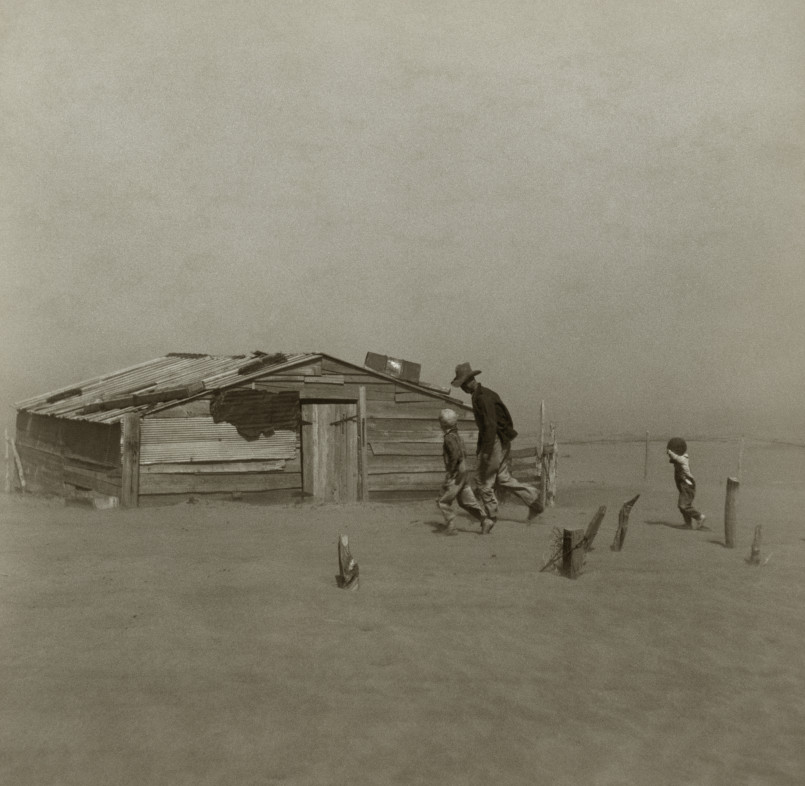
The natural high winds of the Great Plains acted as the final ingredient, lifting the loose topsoil into massive dust storms that could travel hundreds of miles.
Black Blizzards: The Devastating Dust Storms
The dust storms of the 1930s were unlike anything Americans had ever experienced. They arrived suddenly, sometimes with little warning, and transformed day into night within minutes.
Residents in the affected areas developed "dust pneumonia" from inhaling the fine particles. This respiratory condition claimed lives, particularly among the elderly and young children. People tried covering their faces with wet cloths and sealing windows and doors with wet sheets, but the dust was so fine it seeped through every crack.
A single storm could deposit tons of dirt, burying homes, barns, and equipment. Residents would wake to find dead livestock suffocated by dust. Cars and machinery broke down as dust infiltrated engines.
The ecological devastation was immense. The region lost approximately 75% of its topsoil to wind erosion. An estimated 850 million tons of topsoil were blown away in 1935 alone. Static electricity generated by the dust storms was so powerful it could short out automobile engines and deliver painful shocks to anyone touching metal objects.
Human Impact and the Great Migration
As farms failed and livelihoods disappeared, a mass exodus began from the Dust Bowl region. Approximately 3.5 million people abandoned their homes between 1930 and 1940. Many became known as "Okies" regardless of their state of origin, a term that became associated with poverty and desperation.
California became the primary destination for displaced farmers, with an estimated 200,000 to 400,000 migrants heading west in search of agricultural work. The migrants faced discrimination and exploitation upon arrival, often finding themselves living in makeshift camps with inadequate sanitation and working for meager wages.
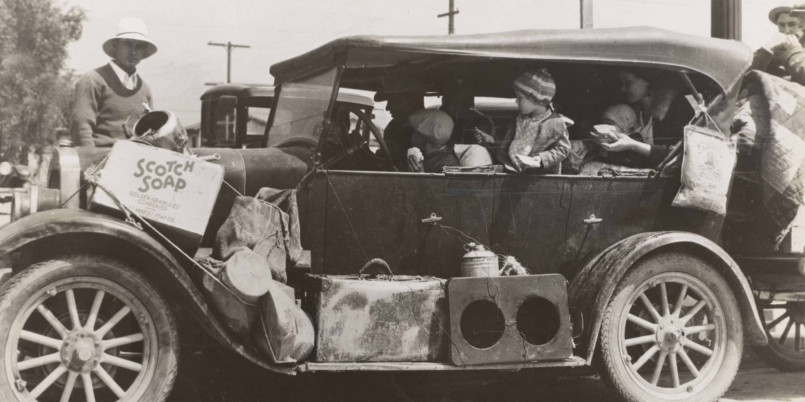
Author John Steinbeck immortalized this migration in his 1939 novel "The Grapes of Wrath," which followed the fictional Joad family as they left Oklahoma for California. The book became an instant classic and highlighted the human suffering caused by the environmental catastrophe.
Those who remained faced incredible hardship. Bank foreclosures were common as farmers defaulted on loans. Many had to rely on government relief programs to survive. Some families lived in dugouts or caves when their homes became uninhabitable due to dust.
Government Response to the Crisis
The Dust Bowl crisis prompted unprecedented federal intervention. President Franklin D. Roosevelt's New Deal administration created several programs specifically targeted at addressing the environmental and economic crisis:
The Soil Conservation Service (now the Natural Resources Conservation Service) was established in 1935 to promote farming techniques that would prevent future dust storms. The agency taught farmers about contour plowing, terracing, crop rotation, and other methods to prevent soil erosion.
The Civilian Conservation Corps (CCC) planted over 200 million trees from Canada to Texas to create "shelter belts" that would break the wind and hold soil in place. These became known as the Great Plains Shelterbelt and represented one of the largest environmental projects in American history.
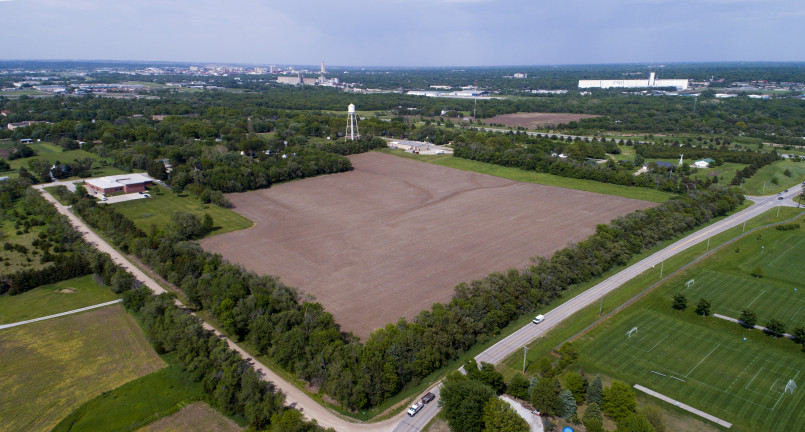
The Farm Security Administration (FSA) provided loans to farmers, established homestead communities, and documented the crisis through a photography program that produced some of the most iconic images of the era, including Dorothea Lange's "Migrant Mother."
The Agricultural Adjustment Administration (AAA) paid farmers to reduce crop production to raise prices and also to adopt soil conservation methods. While controversial, these programs helped stabilize agricultural markets and promote sustainable farming.
Ecological Lessons Learned
The Dust Bowl stands as America's greatest ecological disaster, but it also prompted a revolution in agricultural and conservation practices. Modern sustainable farming owes much to the lessons learned during this period.
Farmers adopted soil conservation techniques including:
- Contour plowing (following the natural contour of the land)
- Terracing on sloped fields
- Strip cropping (alternating crops in strips)
- Crop rotation to preserve soil nutrients
- Planting cover crops during fallow seasons
- Reduced tillage methods
The federal government developed a more active role in land management, establishing soil conservation districts across the country. The crisis demonstrated that environmental stewardship required both individual responsibility and coordinated policy.
Scientists gained a deeper understanding of the complex relationship between climate, agriculture, and human activity. The Dust Bowl became a case study in how human practices can exacerbate natural phenomena, creating a feedback loop of environmental degradation.
Cultural Legacy of the Dust Bowl
Beyond its environmental and economic impact, the Dust Bowl left an indelible mark on American culture. The hardship and resilience of those who lived through it became woven into the national identity.
The folk music of Woody Guthrie captured the experience of Dust Bowl migrants in songs like "So Long, It's Been Good to Know Yuh" and "Dust Bowl Refugee." His music documented the era while advocating for social justice for displaced farmers.
Documentary photography came of age during this period. Photographers like Dorothea Lange, Arthur Rothstein, and Walker Evans, hired by the Farm Security Administration, created a visual record that remains powerful today. Their images helped galvanize public support for government relief efforts.
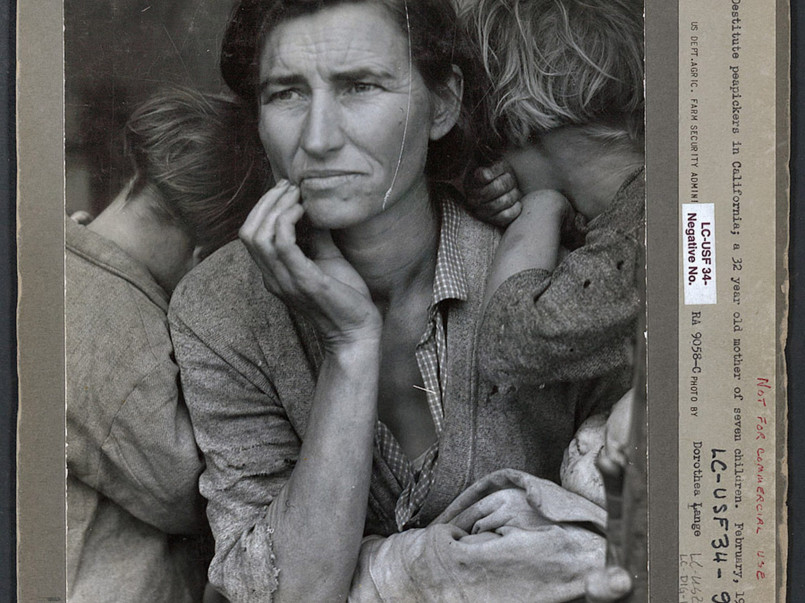
The resilience and adaptability demonstrated by Dust Bowl survivors became part of the American ethos. The crisis occurred during the Great Depression, creating a generation that experienced profound economic and environmental hardship yet persevered.
Today, the Dust Bowl serves as a cautionary tale about the consequences of unsustainable agricultural practices and the delicate balance between human activity and natural systems. As climate change presents new challenges, the lessons of the Dust Bowl remain relevant for policymakers and farmers alike.
Frequently Asked Questions About The Dust Bowl: 7 Devastating Facts About America's Worst Ecological Catastrophe
What caused the Dust Bowl?
The Dust Bowl was caused by a combination of severe drought, poor farming techniques, and the removal of native prairie grasses. Farmers plowed deep into the topsoil, destroying the natural vegetation that held the soil in place. When drought struck in the 1930s and crops failed, there was nothing to anchor the soil against the region's high winds, resulting in massive dust storms.
How long did the Dust Bowl last?
The Dust Bowl period lasted approximately a decade, from 1930 to 1940, with the most severe dust storms occurring between 1935 and 1938. The drought conditions began in 1931 and continued until regular rainfall returned to the region around 1941.
How many people were forced to leave their homes during the Dust Bowl?
Approximately 3.5 million people left their homes during the Dust Bowl period. Many of these migrants, often called "Okies" regardless of their state of origin, headed to California and other western states in search of agricultural work and better living conditions.
What was "Black Sunday"?
"Black Sunday" refers to April 14, 1935, when one of the most devastating dust storms of the Dust Bowl era occurred. A massive black wall of dust swept across the Great Plains, turning day into night. The storm was so enormous that it eventually reached the East Coast, with dust falling like snow in New York City and Washington, D.C.
How did the government respond to the Dust Bowl crisis?
The federal government responded with several New Deal programs: The Soil Conservation Service taught sustainable farming practices; the Civilian Conservation Corps planted over 200 million trees to create windbreaks; the Farm Security Administration provided loans and assistance to farmers; and the Agricultural Adjustment Administration paid farmers to implement soil conservation methods and reduce crop production to stabilize prices.
What health problems were caused by the dust storms?
The dust storms led to widespread respiratory issues, most notably "dust pneumonia," a condition caused by inhaling fine dust particles that could be fatal, especially for the elderly and young children. Other health problems included eye infections, skin conditions from constant dust exposure, and malnutrition due to crop failures and poverty.
Could another Dust Bowl happen today?
While modern farming practices and soil conservation methods have greatly reduced the risk, scientists warn that extended drought conditions due to climate change could potentially create Dust Bowl-like conditions again. However, better understanding of sustainable agriculture, improved irrigation techniques, and government policies to prevent soil erosion provide significant protection against a disaster of the same magnitude.
